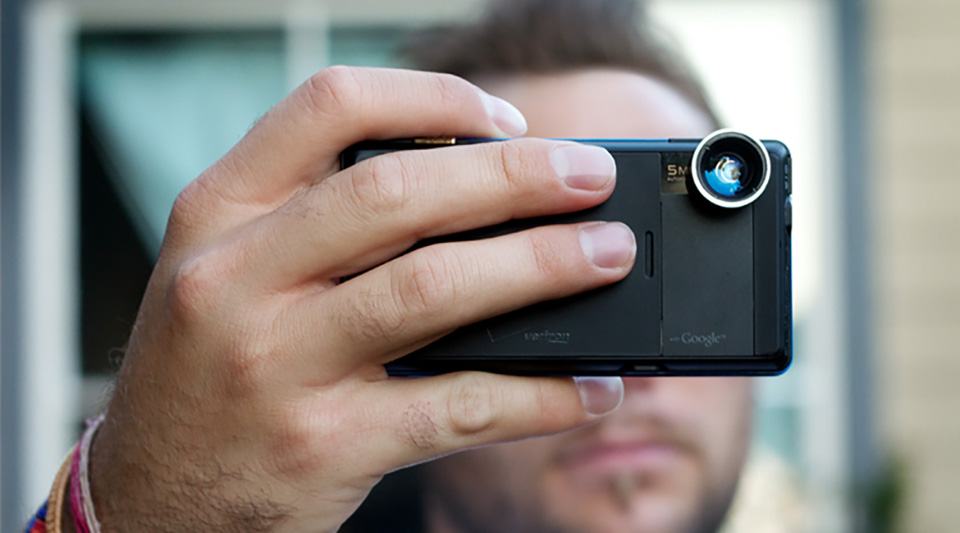
Yes, I have a smart phone. Yes, it is much smarter than me. Friends who believe in the digital revolution have given up trying to educate me. But I can dial a number and receive telephone calls.
However, just as digital cameras changed the photographic world, so did smartphones 20 years later. In fact, smartphones have all but killed the low end of the compact camera market. However, the smartphone story is not all bad, but also not all good.
The first upside with smartphones is you are likely to have one in your pocket at all times – unless it is too big and you keep it in your handbag (or manbag). The availability of an instrument that can record images (I stop short of calling smartphones “cameras”) means that those ‘once in a lifetime’ shots are yours.
One plus for smartphones is the ability to see your photos instantly, and then upload the image to other smartphone users, or people who can access your electronic image bank. Being able to visualize the resulting shot has been, for my money, the best feature of digital photography. Used sensibly, you can see what you have to do to get the best shot of the subject. The skill is in actually looking critically at your own shot, modifying items and shooting again. “Instantly!”
“Selfies” – the less said about selfies the better, as far as I am concerned. If you want a pleasing likeness of yourself, then do it with a camera which has the ability to set a focal length of at least 100 mm and produce a flattering image. I have no desire to see up your nostrils.
Forget megapixels. Smartphone owners often select the camera phone with the largest number of pixels. The more the merrier. Unfortunately that is not necessarily the case. There are other factors, so do not think that you will be taking award winning photographs with your hand phone.
Another good point with your smartphone pix is the easy ability to send your photos far and wide through social media. Before, you developed your film and then showed a final print to a circle of friends, now, with the capabilities inherent in the smartphone, you can send your photos to anywhere.
The bad points have to begin with the almost universal fascination of looking at the small screen while walking along, not seeing anyone in front of you, in fact not seeing anyone else at all.
Another bad point comes with the photojournalism experience. You are there, you have the smartphone and you take the shots. But should you not have been helping, instead of recording? Assisting your fellow man in a time of crisis instead of recording your fellow man’s crisis? Very common with road accidents, which we all see every day. I know, it is a moral issue more than a photographic issue, but one that should be met.
Smartphones may have killed the compact camera, but also killed personal communication. Look at couples in a restaurant, flicking through their messages and not talking to each other. I particularly like the cartoon of a notice board saying “Sorry. No WiFi. Try talking to each other.” The other, where the waiter asks “Was there something wrong with your food? You didn’t take a photograph of it.”
The third demerit, as far as I am concerned is an acceptance of the mediocre. Smartphones just give you ‘record’ shots. An ability to change the depth of field has been lost. Stopping motion has been lost. In fact, any creative instinct is not transferred by smartphones. And if you really want something dreadful, try using one of those aftermarket “wide angle” lenses you stick on the smartphone!
One reason for the mediocrity is no restriction. Where with film you took 36 shots on a roll, you can now take hundreds stored in the phone. This means that where once you ‘thought’ about the images you were recording, now it is click, click, click and then flick, flick, flick looking for one that might be OK.
No, smartphones are here to stay, but this does not mean they are good instruments for taking photographs. Happy snaps are not examples of good photography.






